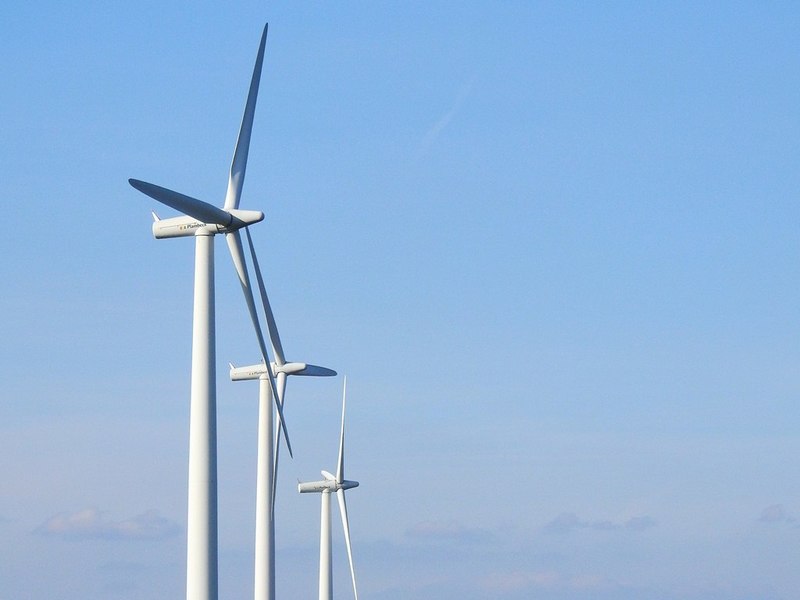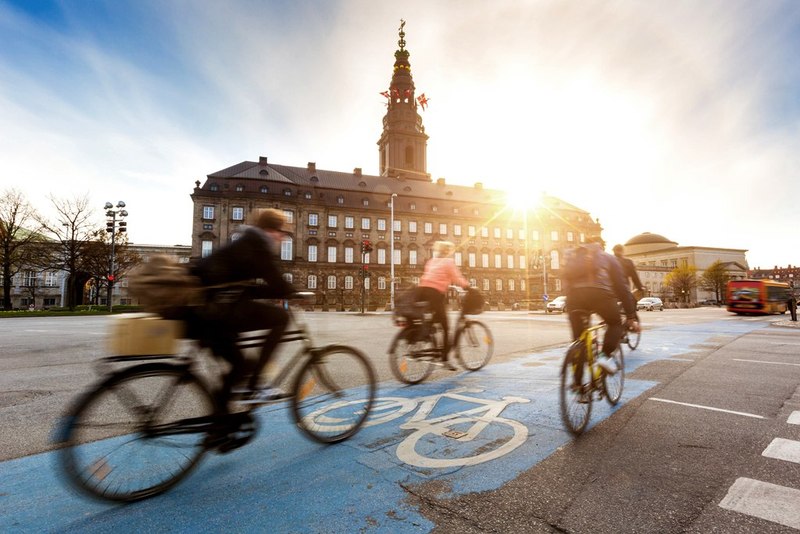As Jakarta struggles to rise to the challenges of becoming a modern, liveable megacity, finally putting in place an MRT—140 years behind London, but now at least started—and begins the battle with waste, flooding, slums, air pollution, traffic management and a myriad of other challenges, we ask the question: what does it actually take to be a sustainable city and who has achieved it so far? Perhaps by looking at the factors in their success we can see the best (and quickest?) way forward for Jakarta.

Sustainable cities, also referred to as eco-cities, work towards creating environmentally, economically and socially resilient surroundings for their citizens without compromising the needs of the future generation to thrive in the same environment.
We constantly hear about how the world is becoming more polluted every day. The oceans, rivers and even the air we breathe are getting contaminated at a staggering rate. The more we continue to pollute these natural resources, the more it becomes hazardous for our well-being in this world.
Unfortunately, this state of decay isn’t just restricted to any one particular country or a state. We are on the top of a global crisis that will soon render our lands inhabitable if we don’t take effective measures quickly. But what are those measures, and how do we evaluate a sustainable city?
Here are the benchmarks that are used in most studies; the three pillars of sustainable cities:
- People (social): The people pillar looks at quality of life, assessing areas such as health, education and work-life balance.
- Planet (environmental): This pillar examines areas including energy consumption, renewable energy share and green spaces.
- Profit (economic): The economic pillar looks at environment and economic health of the city.
Sub-pillars include ease of doing business, GDP per capita and connectivity.
So let’s look at one list of the world’s most sustainable cities and see why they got where they are:
- Copenhagen, Denmark: Europe’s Most Sustainable City
- The total number of bikes outnumbers the total number of cars. The benefits of this are twofold, as the city can cut down on carbon emissions and the average health rate will be higher.
- Aims to become the world’s first carbon-neutral capital by the year 2025.
- Biking has become part of their culture.
- From 2010, Copenhagen has been integrating green roofs into their infrastructure.
- By the end of 2019, all buses (public transport) will have shifted to electric engines.
- 100,000 will have been planted by the end of 2025.
- Upholds one of the world’s best quality assurance test for clean tap water.
- An array of advanced wind farms.
- Amsterdam, Netherlands: The City of Bikes
- Amsterdam is a perfect combination of the new and the old.
- More bikes than people, a major percentage of the population using bicycles to get to work or schools.
- Electric vehicles with over 300 charging stations spread across the city.
- Homegrown organic food.
- Clothes made from eco-friendly materials.
- Manufacturing processes do not use any poisonous dyes or agents that could contaminate water.
- Stockholm, Sweden: The Cleanest City in Europe
- Aims to be completely fossil fuel free by 2050. Stockholm already has a well-laid system that keeps it running without using massive fossil fuel reserves.
- Bio-fuel conversion plantsthat take sewage to produce biofuel from them.
- Waste heat produced by data centers, shops, and stadiums is used to provide heating to the residents of Stockholm.
- One of the cleanest cities in EU.
- Vancouver, Canada: A City with Lowest Carbon Emissions
- The least amount of carbon emission among the major cities of North America. In 2010, the city began supporting cyclists and went on to build separate lanes for them.
- Encouraging people to use electric vehicles instead of gas-guzzling alternatives.
- Vancouver also makes a case for farmers as the Farmer’s Markets all around Vancouver makes sure that residents eat healthy food.
- There are several waste management projects that have started in Vancouver to make the city free from wastes and all sorts of contamination.
- The government hopes to make Vancouver the greenest city by 2020.
- Curitiba, Brazil: A City Utilizing the Power of Recycling
- Reykjavik, Iceland: A City Aiming to Move Away from Fossil Fuels
- Portland, Oregon: A City that Teaches the Citizens to Embrace Nature
- San Francisco, California: The First American City to Ban Plastic Water Bottles
- Singapore: The Greenest City in Asia
- Cape Town, South Africa: A City Practicing Effective Waste Management Strategies
- Helsinki, Finland: The Nature Capital of the Entire World

The eco-city or a green city pours effort into eliminating the overall carbon footprint of the city whilst embracing nature and investing in eco-friendly projects that help the humans and nature to coexist aiming towards sustenance and sustainability. There are certain practices that need to be followed strictly to achieve such a goal. The primary initiative is being able to find alternative sources of energy rather than depending on fossil fuels. In the development of such a green city, the efforts are shared between the government and the citizens alike. The result is a city that is modern and also environmentally-friendly.
Is Jakarta on the right track? Do we see more bikes than cars? Yes, but they are motor bikes! Do we have electric vehicles? Yes, but in tiny numbers. Do we have recycling or tree planting, or solar energy, or healthy food? Honestly, no, so we have to stop and think very hard and stop thinking it’s the governments responsibility and start thinking it’s ours too.
Read on and see if there are solutions being sought for the redemption of Jakarta!
This article is originally from paper. Read NOW!Jakarta Magazine May 2019 issue “Can Jakarta Really Change?”. Available at selected bookstore or SUBSCRIBE here.







